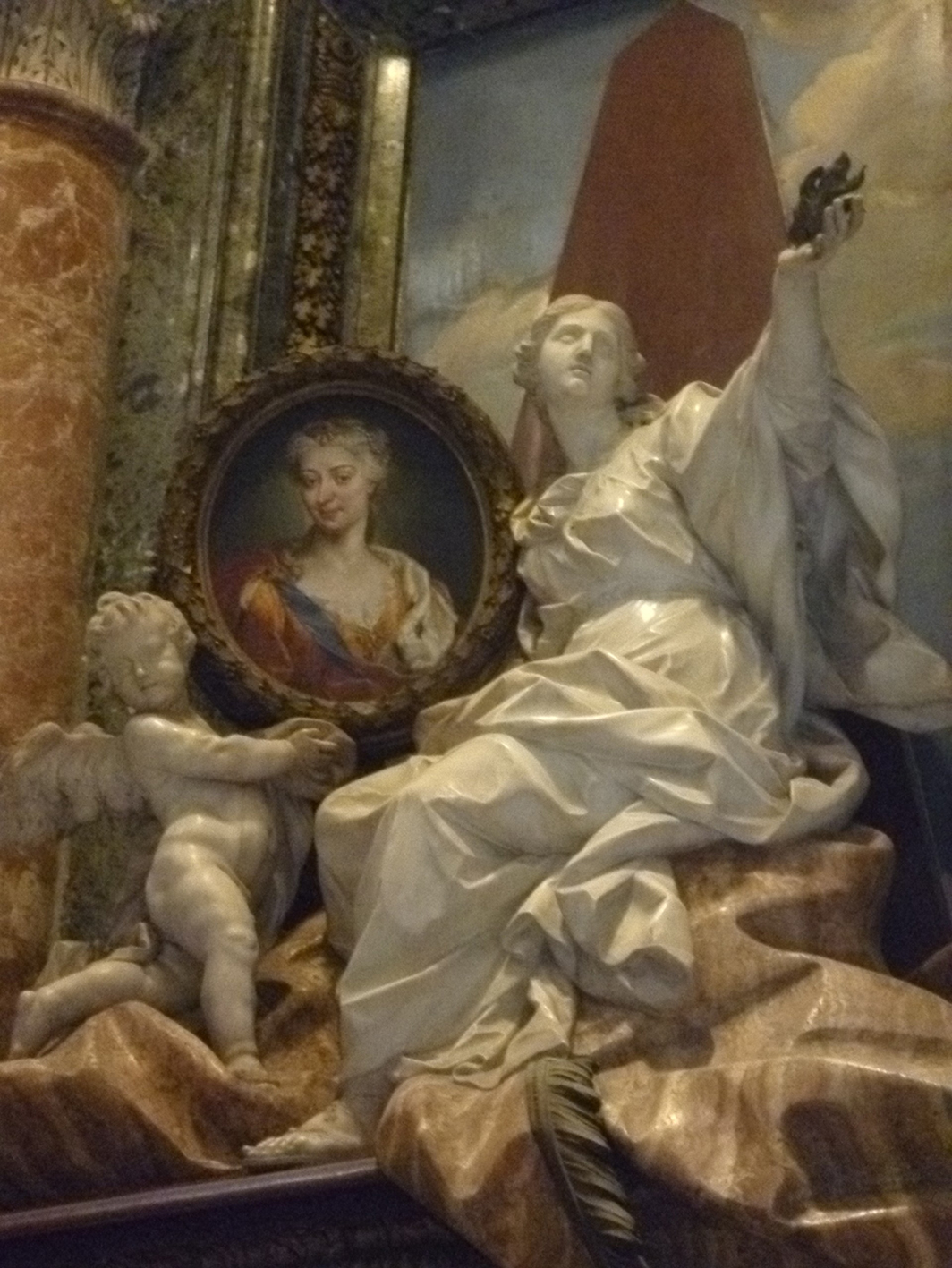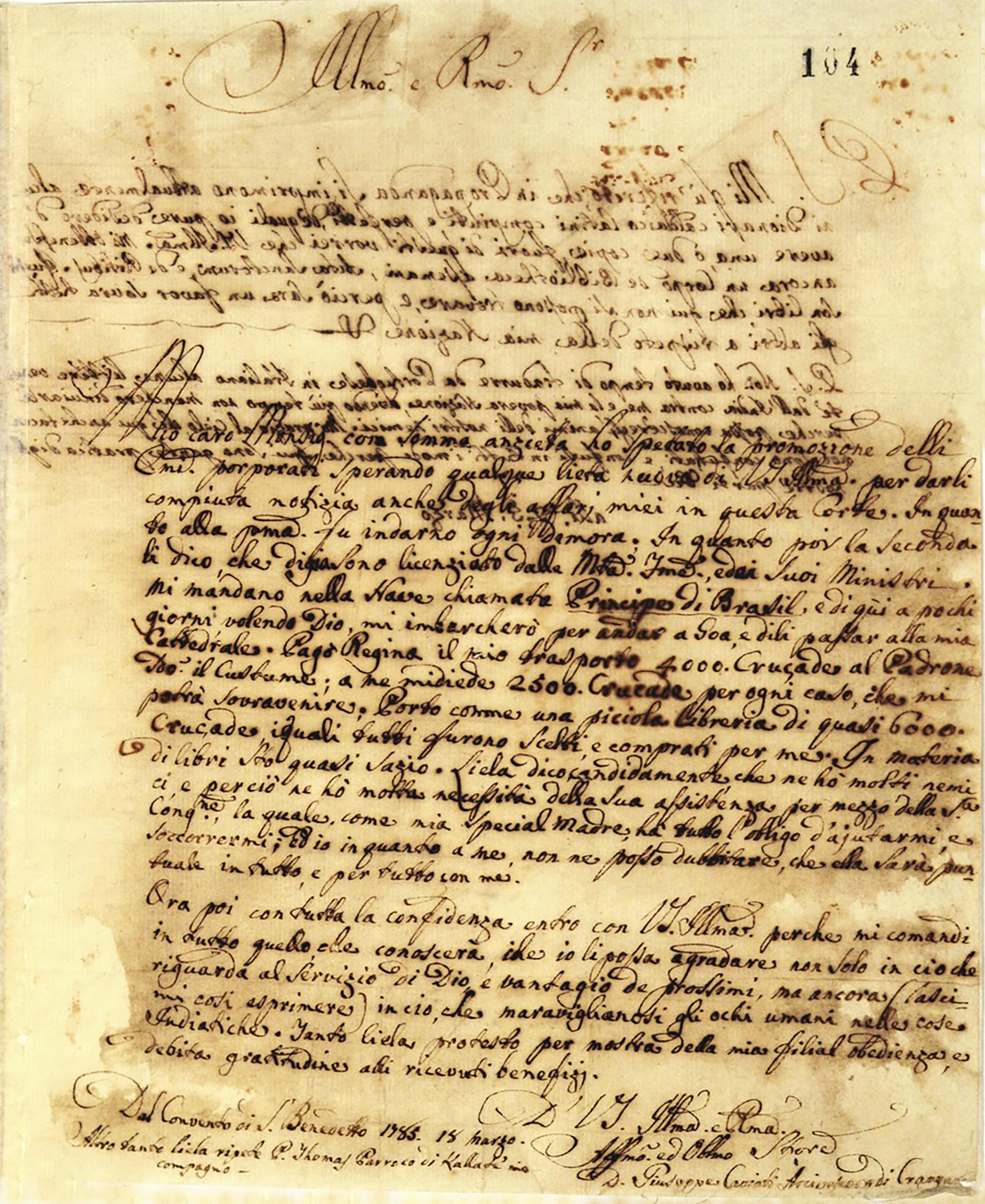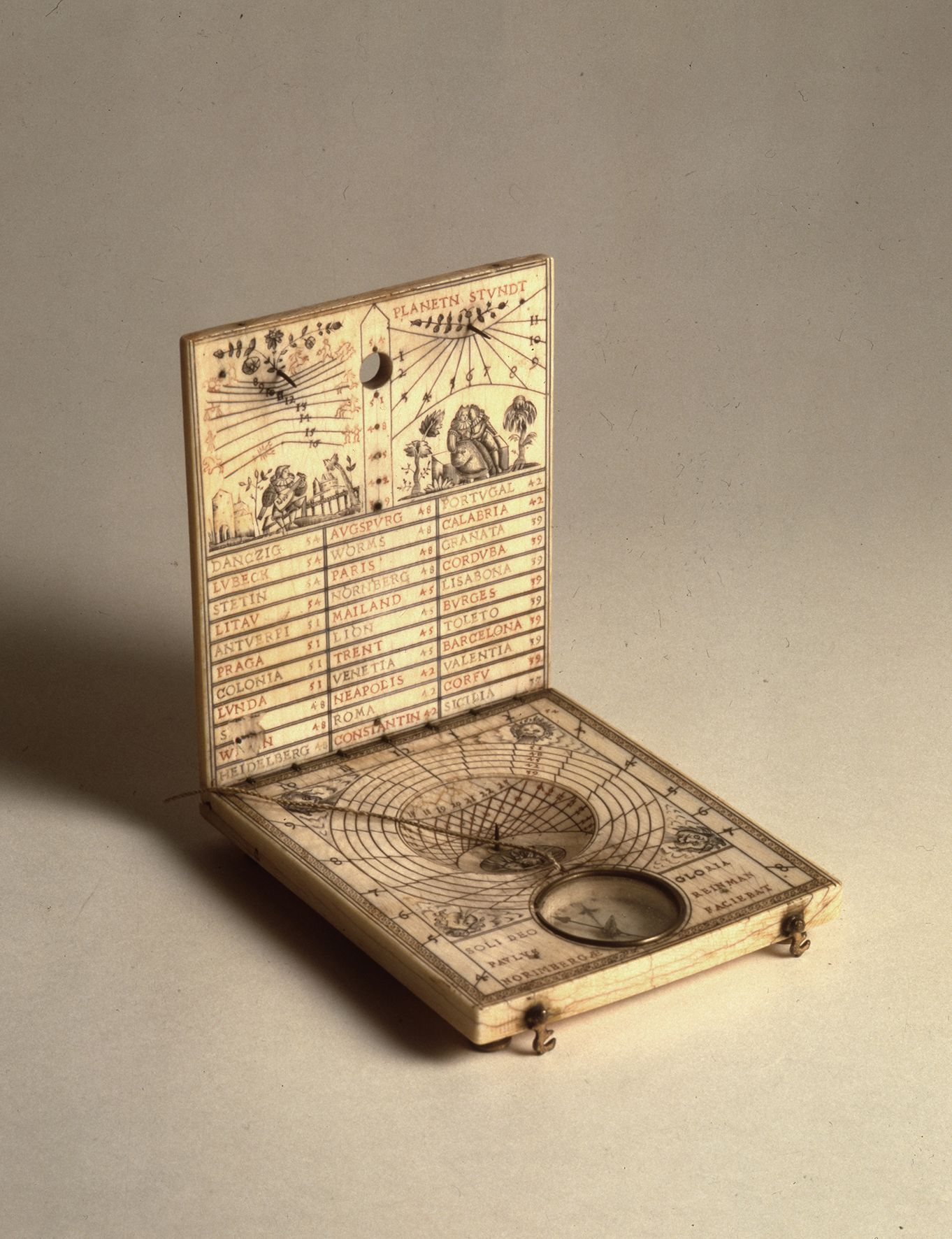Katie Barclay, Legacies of Exile: The Stuarts in Rome
A portrait of Maria Clementina Sobieski (1702-1735) overlooks the left aisle of St Peter’s Basilica in Rome. It forms part of an elaborate monument to her memory, commissioned by Pope Clement XII, after her death in 1735, designed by Filippo Barigioni, with sculptures by Pietro Bracchi and a mosaic by Pietro Paulo Cristofari. Queen Clementina, the wife of James Francis Edward Stuart, the Jacobite claimant to the British throne and granddaughter of the Polish king John III Sobieski, had in the years before her death devoted her life to her faith, and especially the practice of charity, giving to the poor and serving them in hospitals. Her death, following a period of strict self-denial, including limited food, was treated as evidence of her saint-like existence and immediately capitalised on by the Church and her family. Clementina was presented as a model of piety, her status as queen marking her life the more remarkable while simultaneously affirming the power of the Church. Figure 1: Maria Clementina Sobieski Memorial, St. Peter’s Basilica, Rome, CC 3.0 Kim Traynor. Clementina was a Jacobite queen. [...]




